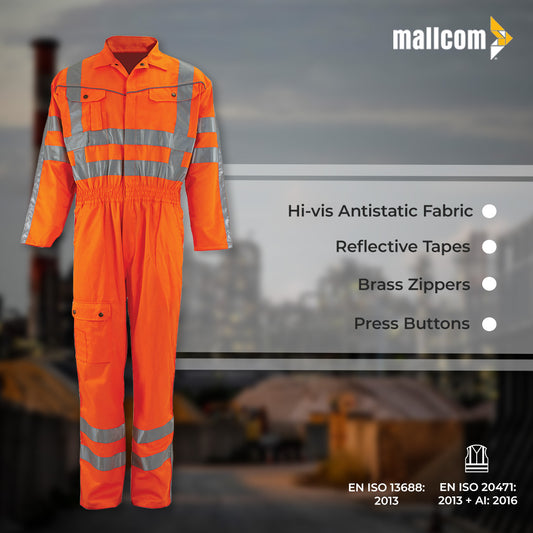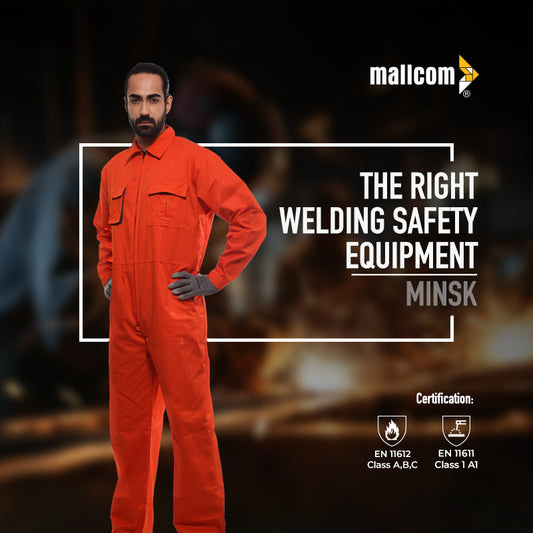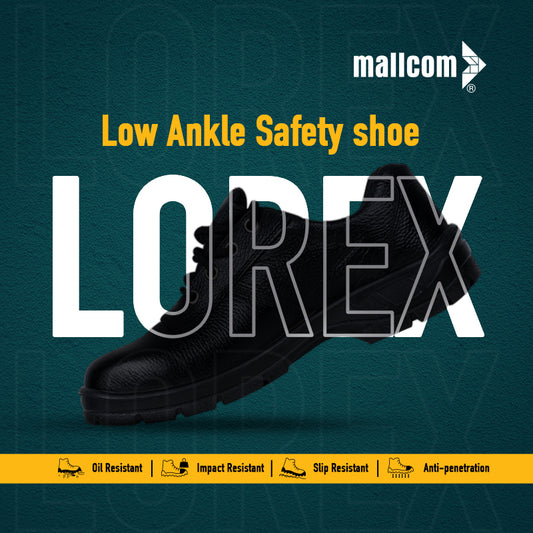Safety is the basic right of every worker and it is the duty of every employer to provide all the safety protection to its employees. And the importance of safety becomes all the more imperative for the workforce operating in risky sectors like construction, the oil and gas industry, electricity and utilities, foundries, melting and welding etc. Also called flame-resistant (FR) personal protective equipment (PPE), these must meet standards prescribed by the relevant regulatory bodies. FR clothing acts as a protective layer on the skin and can provide some degree of protection to the wearer. However, it does not completely protect against the risk of fire.
The use and availability of flame retardant (FR) clothing has become much more common due to the continuous development and updating of industry safety regulations and voluntary performance standards. The regulatory bodies that establish the safety guidelines for workers exposed to fire hazards, set some rules to be followed by all these industries. Many sites contain a variety of hazards associated with fire, illustrating the growing demand for flame-resistant clothing.
Generally, when buying the best FR clothing for the workforce, two questions should be considered.
- Is the workforce facing any fire hazard risks at their workplace?
When you get an answer to this question, the next question to be considered is
- How to comply with regulations or industry standards?
The importance of RF for people exposed to occupational hazards
FR garments protect the wearer with the following attributes:
- Automatically turns off or resists ignition
- It does not melt on the skin.
- Provides thermal insulation against heat.
- Resists breakage and skin exposure.
- It reduces burns and increases the chances of survival.
Industries involved in oil and gas related jobs, utility workers, welding and cutting, electrical industry foundries, melting and welding, combustible dust, wood industry are the few that will require FR clothing of different types depending on the degree of risk the workforce face.
Flame-resistant clothing is not flame retardant, this should be understood by employers and workers and they should be instructed to avoid wearing synthetic clothing underneath. Tight underwear, t-shirts, pants, and other items of synthetic material can cause serious injury as they melt on the skin and damage can multiply when exposed to flames and clothing can ignite.
Industries and occupations that use flame retardant clothing as a final method of controlling these hazards include:
- Electricians
- Repair and maintenance of electrical services.
- Refineries
- Pharmaceutical and chemical jobs
- Manufacture of paper and pulp
- Food preparation, etc.
Majorly FR clothing is designed to protect the workers against two main types of fire hazards:
- Flash fire
- Electric arc.
A flash fire is a rapidly spreading fire caused by the ignition of an atmosphere derived from the hydrocarbon vapours of a flammable liquid or from finely divided combustible particles (for example, dust or grains of coal) at a concentration that exceeds the lower explosive limit of the chemical.
An electric arc is the passage of a large electric current through ionized air, created by an electrical fault. Typically less than a second in duration, an electric arc generates extremely high radiant heat and releases acoustic energy, a pressure wave and molten debris.
Arc Flash is an obvious concern for utility companies; however, any work environment presenting authorized electrical hazards must be protected against electric arc injuries with appropriate flame retardant clothing. Electrical equipment exposed to 50 volts or more is the threshold that requires the use of FR clothing PPE. Most manufacturers have employees whose work fits this description.
There are several considerations that come into play when buying or wearing FR clothing. After assessing the risks and becoming familiar with the tasks of the workforce, you should keep the following things in mind.
- What style and weight of flame retardant clothing are most suitable and practical for the worker?
- What Arc Thermal Performance Value (ATPV) is required? This value describes the performance of the FR material when exposed to electric shock.
- Does the FR clothing meet the regulatory requirements?
- What is the useful life of the garment? How often should they be replaced?
Fire-resistant clothing is extremely important for the safety of the workers and should be considered as an essential part of the PPE kit for all the workers dealing in high fire hazard prone areas. You can buy the best fire-resistant clothing from Mallcom, one of the leading PPE manufacturers in India, ensuring your complete safety from head to toe.








